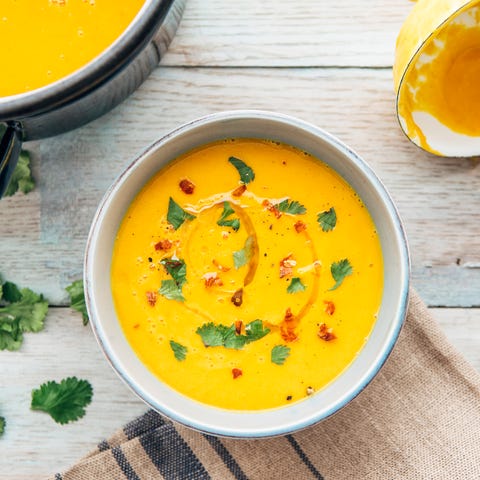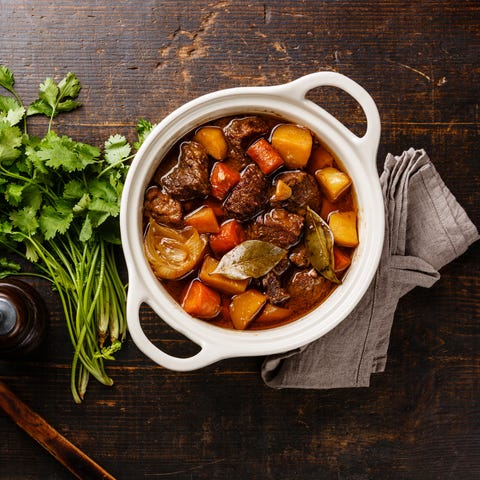How to Draw a Can of Soup
When it's cold outside or you're not feeling well—no matter the time of year—there's nothing more comforting than a hearty soup recipe or a slow cooker stew recipe. On that we can agree—but when you break it down, do you really know the difference between stew and soup? They're similar in character, so it can sometimes be hard to tell soup and stew apart—but don't worry. It's pretty simple to figure out whether you're sipping a soup or slurping down a stew. And in the end, no matter what you end up eating, the hope is that it's delicious, easy to make, and will warm you up and fill your belly! Here's everything to know about stew vs. soup.
So what's the difference between stew and soup?
Soups and stews can start with the same ingredients—a combination of vegetables, meat, or fish cooked in a liquid, such as stock, water, or milk to name a few. The main difference is the amount of liquid that's used for each. In a soup, the ingredients will generally be completely submerged in liquid, while in stews, they're just barely covered.
This content is imported from {embed-name}. You may be able to find the same content in another format, or you may be able to find more information, at their web site.
Here's a little more detail about each.
What's the definition of soup?
The main component of a soup is the liquid. Soups can be brothy (think: a timeless chicken noodle soup), puréed (classic tomato purée soup), or creamy (potato cheddar soup, anyone?). Soups are generally easy and fast to make—some can be made in as little as 20 minutes! The most labor-intensive part of making a soup is chopping the vegetables and meat, as they should be broken down into small, bite-size pieces. The general rule is that no ingredient should be larger than a soup spoon.

Westend61 Getty Images
What's the definition of stew?
Stew tends to be more complex and takes longer to cook than soup. The ingredients in stew are cut into larger pieces and are "stewed" in a small (well, smaller than soup) amount of liquid, until all of the ingredients are cooked and the flavors have melded. To this last point, stews can often contain tough cuts of meat like beef chuck, so those need additional cooking time.
Stews can also have some type of thickener added, like flour, that would be cooked briefly with the vegetables after they've been softened. This helps thicken the liquid and coats the meats and vegetables. Unlike soups, which rely mostly on water or stock as the main liquid, stews can contain beer, cider, or wine for additional flavor. Soups also tend to be served on their own, with maybe just a piece of bread as an accompaniment, while stews are often served over rice or alongside polenta or mashed potatoes.

Lisovskaya Getty Images
Is chili considered a soup or a stew?
There's a lot of debate about whether chili is a soup or a stew. It's thick like a stew, but can have small, bite-size ingredients like a soup. The verdict is still out, but we're siding with chili as a stew, as it tends to cook for longer, has a thick consistency, and can contain beer as a flavoring agent.
This content is created and maintained by a third party, and imported onto this page to help users provide their email addresses. You may be able to find more information about this and similar content at piano.io
Source: https://www.countryliving.com/food-drinks/a30627697/stew-vs-soup/
0 Response to "How to Draw a Can of Soup"
Post a Comment